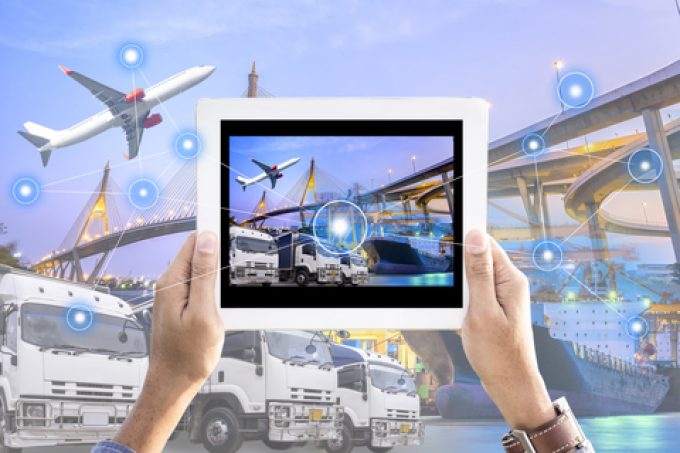HMM steams in with early (for box shipping) adoption of eB/Ls
South Korean state enterprise-owned shipping line HMM has this week committed to adopting electronic bills ...

Incumbent forwarders with an interest in obscuring transparency have played a role in slowing efforts to digitalise the industry, according to Martin Ring, global chief operations officer for Damco.
“There are forces in the industry that might not have had a great interest in accelerating digitalisation,” he told event group ...
Keep our news independent, by supporting The Loadstar
Red Sea crisis has driven most new capacity into extended Asia-Europe trades
Explosions and 'out-of-control' fire reported on Wan Hai box ship
Carrier price hikes hold, driving spot rates higher as space gets scarcer
Crew forced to abandon ship in latest fire on vessel carrying EVs
The Loadstar Podcast | Transport Logistic and Air Cargo Europe 2025
Asia-West Africa ULCV deployment opens new markets for carriers
Four crew members still missing as Wan Hai 503 continues to burn

Comment on this article